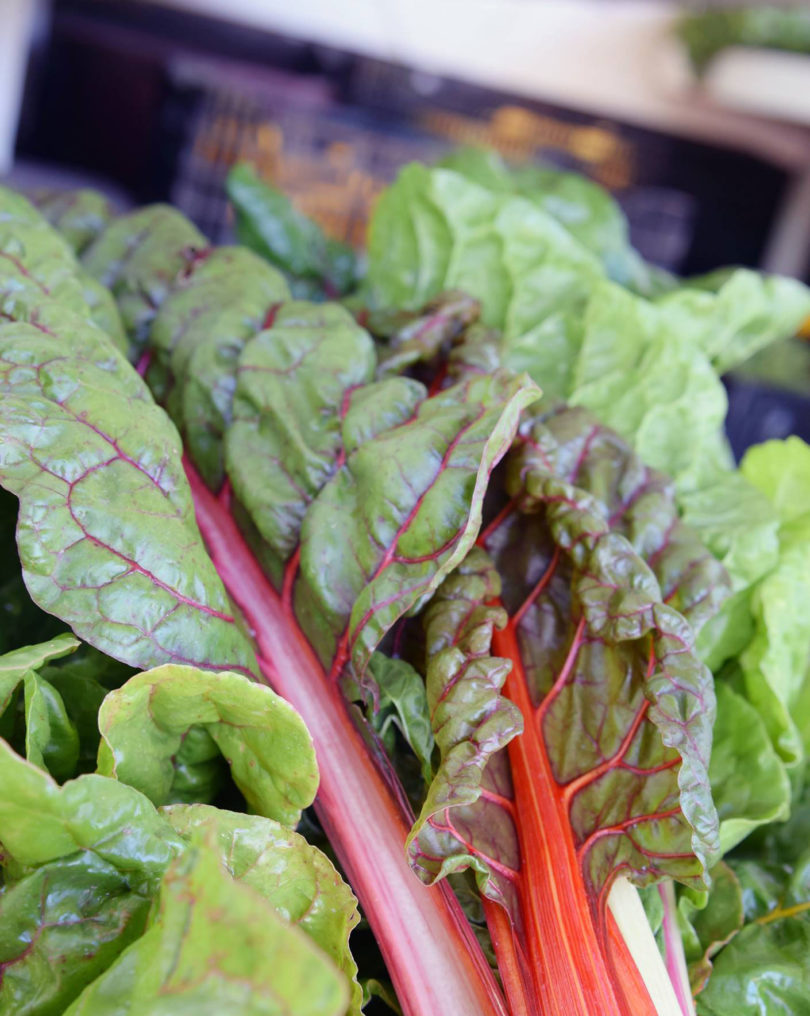All leafy greens provide great benefits to your health, but they’re not all created equal. With different flavors, different vitamins and different colors, they can all play unique roles in your diet, from reducing your risk for cancer to helping you maintain weight.
“All green leafy vegetables are good stuff,” says Caroline Fornshell, a registered dietitian-nutritionist and co-founder of LWell in Williamsburg, Va. “Many greens are high in minerals like iron, magnesium and potassium as well as vitamins A, C, and E. Adding them to your daily diet in any fun way you can is the name of the game.”
Spinach
Spinach is not just for sailors. It’s a great green that contains beneficial micro- and macronutrients to boost your health. While spinach has less calcium than collard greens, it contains higher levels of potassium, magnesium, vitamin E, vitamin A and folate than the trendy kale.
Spinach is also a versatile veggie. It provides great flavor for salads, is easy to include in pastas and fits in perfectly with wraps and sandwiches. Spinach can even add some color and nutrition to smoothies.
“Spinach is a great starter green for a smoothie,” Fornshell says. “It probably affects the taste the least of all leafy greens.”
Romaine Lettuce
Lettuces, like romaine and iceberg, may have fewer nutrients than other leafy greens, but their great crunch makes them a favorite of many Americans.
“Don’t overlook lettuce,” Fornshell says. “It’s a wonderful vehicle for other foods since it is juicy and crisp and fresh-tasting.”
Fornshell recommends using lettuce as an introduction to leafy greens if you don’t currently eat many in your diet. You can mix in kale, spinach, arugula or other greens with your lettuce slowly to help you acclimate to the darker, more nutritious leaves.
You can also use lettuce leaves as replacements for buns or sandwich rolls or even sneak into wraps to add texture and interest.
Kale
Kale has become a popular leafy green known for its nutrition-packed leaves.
“Cruciferous leafy greens (like arugula, collard greens and kale) have additional detoxifying values in them that helps your body get rid of some waste,” says Fornshell. “They do have an element of bitterness, which is the glucosinolates.”
Research has shown that glucosinolates can have anti-cancer effects on your body, helping reduce inflammation and protecting cell DNA from damage.
Kale can be bitter or hard to chew raw, but you can add flavor and texture by baking kale chips that are lightly sprayed with olive oil. Kale can also be cooked or added to salads for more flavor (massage leaves first).
Collard Greens
Collard greens need no introduction in Hampton Roads. These Southern favorites are not only delicious, but are filled with vitamins and minerals.
“The whole country got obsessed with kale over the last few years, but collards may just be a bigger nutritional powerhouse,” Fornshell says. “There’s a lot you can do with the humble collard green.”
While most people think of cooked collard greens in a Southern style (sautéed in bacon grease), you can create a nutritious wrap for sandwiches by blanching the greens, cooling and drying them, and then layering them together.
Because of their mild flavor, collard greens are also a great addition to smoothies and a good stepping stone to other types of greens.
Swiss Chard
Swiss Chard is a lesser-known green that sounds fancy, but fits into everyday meals easily. The colorful leaves and stem make for beautiful and delicious dishes.
In addition to being beautiful, Swiss Chard contains more magnesium and vitamin K than most other greens. To add Swiss Chard to your diet, try chopping it up into a pasta or adding it to a casserole or quiche. You can also sauté it as a side dish, adding garlic and parmesan or a splash of citrus.
Though cooking any type of green can disable some of their digestive enzymes, Fornshell says you can still get great health benefits from adding some heat to your leaves.
“There are added benefits to raw greens, but it’s a hard way to start,” she says. “You can have a combination of cooked and raw vegetables in your diet that appeal to your palate while giving you an even wider range of health benefits.”
No matter how you choose to eat your greens, you’ll be eating your way to better health one leaf at a time.



